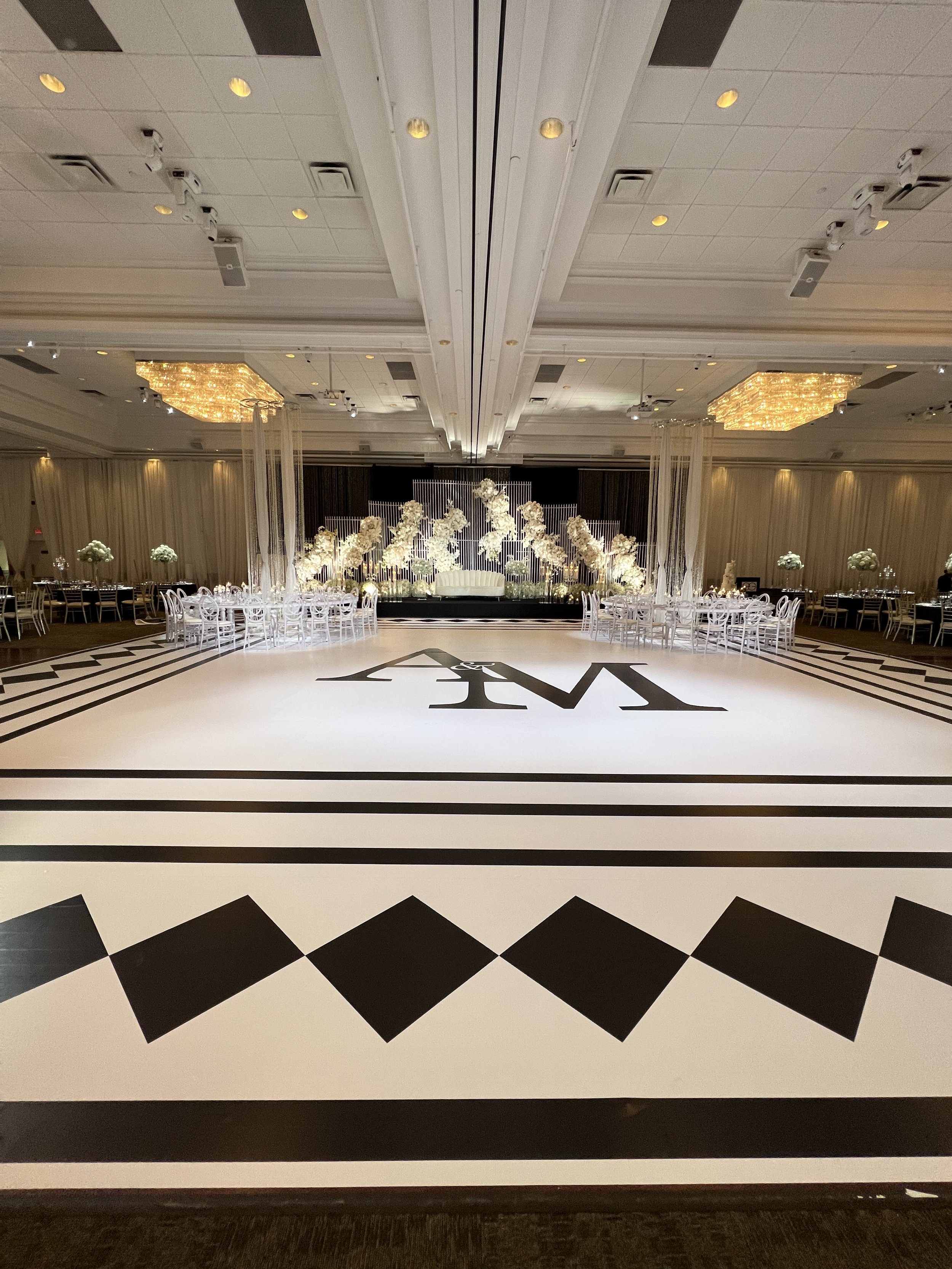Investigating the Benefits and Drawbacks of Wood and Vinyl Performance Floor Components for Optimal Functionality and Aesthetics
Investigating the Benefits and Drawbacks of Wood and Vinyl Performance Floor Components for Optimal Functionality and Aesthetics
Blog Article
When it pertains to selecting the right dance surface substance, timber and synthetic are two popular choices that performers and dance studio owners often consider. Each substance has its own distinct advantages and disadvantages that can influence execution, safety, and aesthetics. Understanding these variations is crucial for arriving at an educated decision that meets the requirements of performers and enhances the overall environment in a dancing studio or performance area.
Timber dance floors are often favored for their classic appearance and feel. They provide a organic area that can absorb impact, which is beneficial for dancers who execute intense actions. The flexibility of wood helps minimize the chance of injuries, such as twists and stresses, by providing a stable area. Additionally, wood floors can be restored, enabling them to maintain their appearance over time. This longevity makes them a sustainable investment for dancing spaces. However, wood surfaces can be more expensive to set up and upkeep compared to vinyl choices, and they may need regular upkeep to prevent bending or damage from moisture.
Conversely, vinyl dancing surfaces provide a range of advantages that make them appealing to many dancing studios. One of the primary advantages of synthetic is its cost-effectiveness. Synthetic surfaces is generally less expensive to purchase and install than timber, making it a cost-effective choice for studios. Furthermore, synthetic is offered in a wide range of colors and patterns, allowing for greater customization to match the style of the area. Synthetic floors are also simpler to maintain and care for, as they are resistant to stains and moisture. However, some dancers may discover that vinyl does not provide the equivalent level of impact cushioning as timber, which could lead to discomfort during long practice periods.
Another crucial consideration to evaluate is the kind of dance being performed. Various dance styles may require different surface materials for best execution. For example, classical ballet performers often favor timber floors because they provide a solid surface for turns and jumps. In comparison, explanation genres like urban dance or jazz may gain from the slip-resistant features of synthetic. It is crucial for studio owners to consider the primary dancing genres taught in their studio when choosing a surface substance. This evaluation can help ensure that dancers have the best potential experience while practicing and performing.
Aesthetics also play a significant part in the choice procedure. Timber surfaces are often linked with sophistication and heritage, making them a popular choice for formal dance studios and theaters. The natural texture and richness of wood can create a welcoming atmosphere that enhances the general feeling for both performers and spectators. On the other hand, vinyl floors can be designed to mimic the look of timber or alternative substances, offering a contemporary and chic look. The decision between timber and vinyl can eventually hinge on the desired atmosphere of the space and the impression that studio owners want to create.
In summary, both timber and synthetic dancing surfaces have their own collection of advantages and disadvantages that can influence performance and aesthetics. Wood floors provide longevity, impact absorption, and a classic look, while vinyl surfaces provide affordability, simplicity of upkeep, and styling flexibility. The decision between these substances should be based on the specific needs of the dancers, the types of dancing being performed, and the general concept for the dance studio. By carefully considering these factors, studio owners can create an atmosphere that enhances best execution and enhances the enjoyment of dance for all participating.